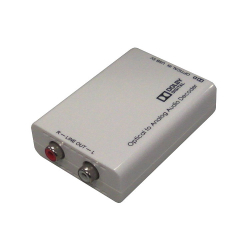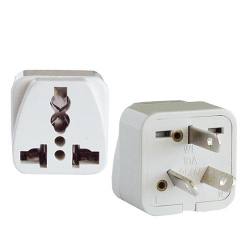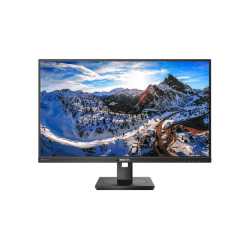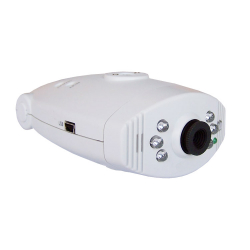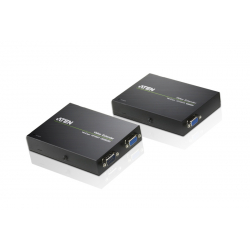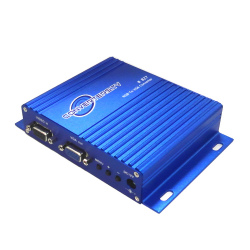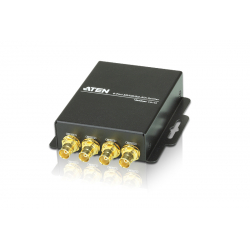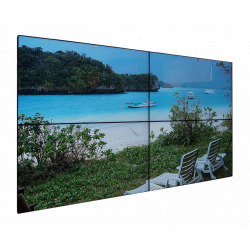A B C D E F G H I J K L M N O P Q R S T U V W X Y Z _
| Truecolor | Truecolor is a method of representing and storing graphical image information (especially in computer processing) in an RGB colour space such that a very large number of colours, shades, and hues can be displayed in an image, such as in high quality photographic images or complex graphics. Usually, truecolor is defined to mean at least 256 shades of red, green, and blue, for a total of at least 16,777,216 colour variations. Truecolor can also refer to an RGB display mode that does not need a colour look-up table. |
| USB | Universal Serial Bus. A peripheral interface standard used to establish communication between devices and a host controller (usually personal computers). USB is intended to replace many varieties of serial and parallel ports. USB can connect computer peripherals such as mice, keyboards, digital cameras, printers, personal media players, flash drives, and external hard drives. For many of those devices, USB has become the standard connection method. |
| VESA | Video Electronic Standards Association (VESA) is a group of manufacturers formed to establish and maintain industry wide standards for video cards and monitors. VESA's initial goal was to produce a standard for 800x600 SVGA resolution video displays. Since then VESA has issued a number of standards, mostly relating to the function of video peripherals in personal computers. |
| Luminance | Luminance is the photometric measure of the brightness in a video picture. The luminance indicates how much luminous power will be perceived by an eye looking at the surface from a particular angle of view. Luminance is thus an indicator of how bright the surface will appear, eg if luminance is high, the picture is bright and if it is low the picture is dark. |
| LED | A video display which uses Light-Emitting Diodes. LEDs are used as indicator lamps in many devices, and are increasingly used for lighting. LEDs present many advantages over incandescent light sources (eg fluorescent) including lower energy consumption, longer lifetime, improved robustness, smaller size, faster switching, and greater durability and reliability. However, they are relatively expensive and require more precise current and heat management than traditional light sources. |
| Plasma | Plasma is a display technology for thin flat display devices usually used for large TV screens. Plasma screen pixels are small cells sandwiched between two layers of glass that contain gases, which when electrically charged excite phosphors in the cell to emit light. Plasma displays should not be confused with LCDs, another lightweight flatscreen display using different technology. Plasma displays are bright, have a wide colour gamut, and can be produced in fairly large sizes - currently up to approximately 150 inches (measured diagonally). They have a very low-luminance "dark-room" black level compared to the lighter grey of the unilluminated parts of an LCD screen. |
| CGA | Color Graphics Adapter. CGA was IBM's first colour graphics card and the first colour computer display standard for the IBM PC. The highest resolution of any mode was 640×200 pixels, and the highest colour depth supported was 4-bit (16 colours). The CGA card was succeeded in the consumer space by IBM's Enhanced Graphics Adapter (EGA) card, which supports most of CGA's modes and adds an additional resolution (640×350) as well as a software-selectable palette of 16 colours out of 64 in both text and graphics modes. |
| Chrominance | Chrominance is the colour portion of a video signal. Often abbreviated to Chroma. Chrominance is separate to the other colour portion of a video signal - luminance (brightness). Chrominance tells the video display what colours to use and how much saturation (amount of pure colour) to use, while luminance gives the colours depth and contrast by adjusting the darkness and brightness of the image. |
| EVGA | Extended Video Graphics Array (or EVGA) is a standard created by VESA in 1991 denoting a non-interlaced resolution of 1024x768 at a maximum of 70Hz refresh rate. EVGA is similar to (but is not the same as) the IBM XGA standard. |

